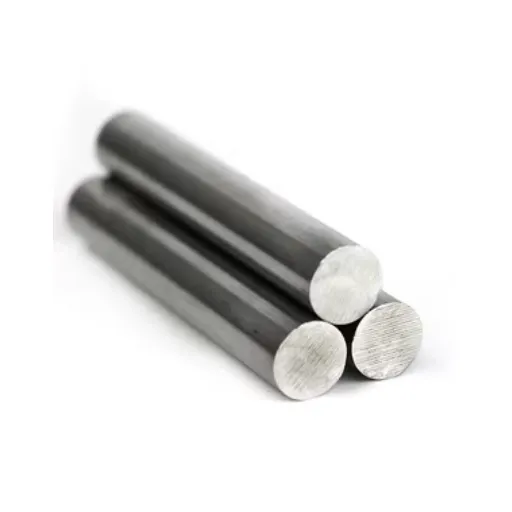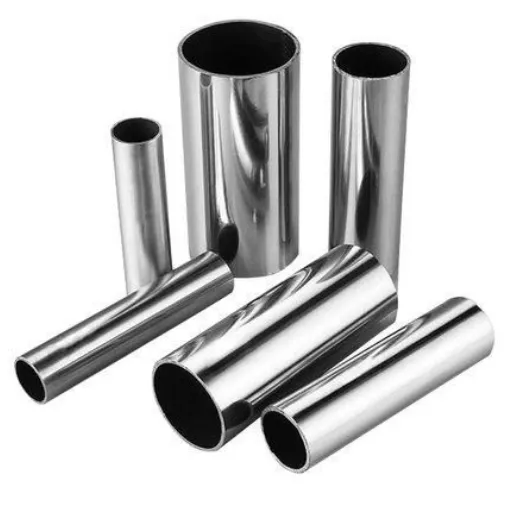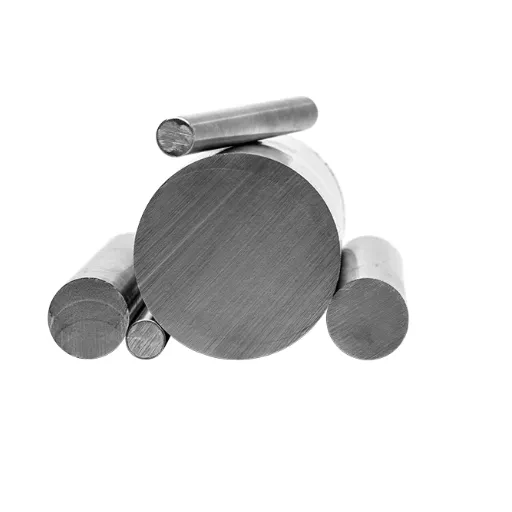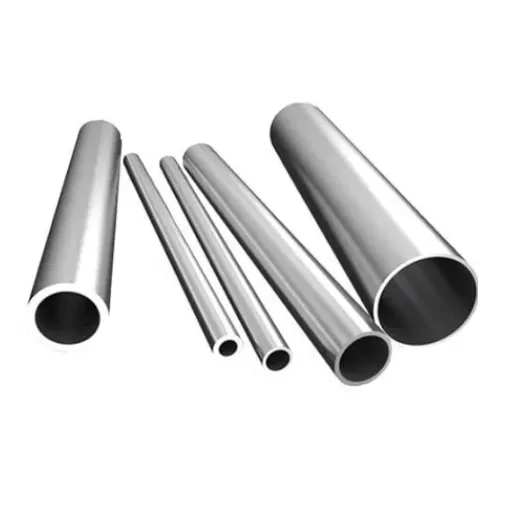Aluminum surfaces present relatively unique situations for painting, but one can fortunately be able to carry the process to completion with a smooth, durable, and professional finish if the proper preparation and materials are employed. Whether it is aluminum siding, patio furniture, or smaller DIY projects, whatever paint you choose has to be well-applied to ensure a long life and good resistance to wear. This guide will take you through every little thing you ever wanted to know about painting aluminum, starting with the best paint, working through surface preparation, and finishing filters on application technique.
Understanding Aluminum and Its Unique Properties

The Nature of Aluminum Surfaces
Aluminum is a very light metal widely applicable across a myriad of industries owing to its strength-to-weight ratio, corrosion resistance, and malleability. Unlike ferrous metals, aluminum tends to have a protective oxide layer, which serves as a natural agent against rust when exposed to air. But this very oxide layer makes painting or coating the surface difficult since it affects adhesion.
Key Challenges with Aluminum:
- Smooth and non-porous surface that denies paint natural grip
- Protective oxide layer that affects adhesion
- High thermal conductivity affects coating curing
- Requires specific procedures for surface preparation
Thorough preparation combined with the right choice of materials will go a long way toward overcoming these drawbacks and, at the end of the day, ensuring a pristine finish that will last for a long time.
Why Aluminum Requires Special Paint
Given the aluminum’s chemical and physical properties, standard paint cannot be used. Aluminum’s single major problem is the oxide layer, which forms naturally. Anodic oxide layers are impermeable and have non-adhesive surfaces. Consequently, typical paints cannot be satisfactorily bonded to aluminum surfaces and tend to peel off and sometimes flake off in time unless adequately prepared and properly coated.
Special primers are used to prevent such trouble; these primers include chromate or epoxy types, which offer ample protection to the aluminum and create a stable basis for the topcoat. Special paints used for painting aluminum, such as polyurethane and acrylic coatings, will counteract thermal conductivity problems and help protect aluminum, complementary to its unique thermal properties.
Common Challenges in Painting Aluminum
- Smooth, non-porous surface: Requires sanding or abrasive blasting for texture
- Oxide layer formation: Acts as a barrier preventing paint adhesion
- Temperature extremes: Can cause cracking or loss of elasticity in coatings
- Environmental conditions: High humidity and extreme temperatures affect curing
Choosing the Right Paint for Aluminum
Types of Paint Best for Aluminum Siding
Paint plays an important role in the aesthetics of aluminum siding. Paints used on aluminum siding must provide strong durability and adhesion while also resisting environmental impacts.
- Acrylic-latex paints: Widely considered best for aluminum siding
- Bond well with aluminum
- Resist cracking and flexing during temperature changes
- Good UV resistance prevents premature fading
- Metal primers: Essential for maximum corrosion resistance
- Epoxy or solvent-based primers seal the aluminum surface
- Reduce oxidation possibilities
- Ensure longevity of finish
- Self-priming paints: Modern technology option
- Reduce application steps
- Ensure professional-grade results
Comparing Acrylic Paint vs. Other Options
For aluminum surfaces, here’s how different paint types compare:
| Paint Type | Adhesion | Durability | UV Resistance | Corrosion Resistance | Ease of Use | VOC Level |
|---|---|---|---|---|---|---|
| Acrylic | Excellent | High | Superior | Moderate | Easy | Low |
| Epoxy | Good | Very High | Moderate | Excellent | Moderate | Moderate |
| Oil-Based | Good | High | Moderate | Good | Moderate | High |
| Hybrid | Excellent | High | Superior | High | Easy | Low |
Key Features to Look for in Paint for Aluminum
The paint selection for aluminum surfaces should go through very detailed scrutiny. Here are five essential features:
- Adhesion: Essential for smooth, non-porous aluminum surfaces
- Acrylic and hybrid paints excel in this area
- Proper surface preparation enhances adhesion performance
- Durability: How long does paint withstand environmental stresses
- Epoxy paints offer the highest durability for heavy-duty applications
- Acrylic and hybrid paints rate highly for indoor and outdoor use
- UV Resistance: Critical for outdoor applications
- Prevents fading and disintegration from solar radiation
- Acrylic and hybrid paints provide superior UV protection
- Corrosion Resistance: Extra protection layer
- Epoxy paints rank highest for harsh environments
- Essential for industrial or marine applications
- VOC Level: Environmental and health considerations
- Low VOC content reduces environmental impact
- Safer for indoor applications with limited ventilation
Preparing Aluminum for Painting
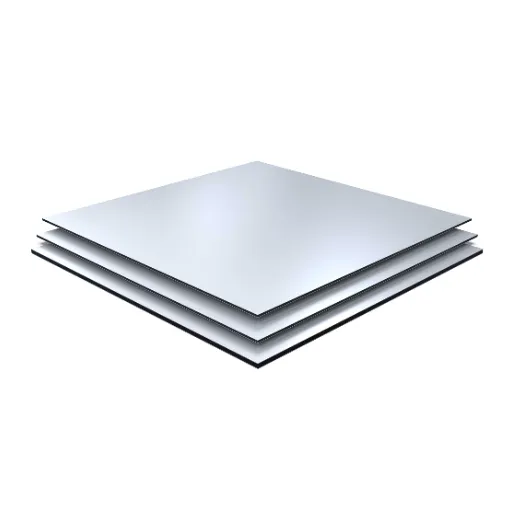
Cleaning the Aluminum Surface
Before painting, cleaning the aluminum surface is undoubtedly one of the most important steps for proper paint adhesion and durability.
Step-by-Step Cleaning Process:
- Use a degreaser or mild alkaline cleaner to remove oils and stains
- Clean thoroughly with a non-abrasive brush or sponge
- For heavy dirt, use a solvent like acetone or mineral spirits
- Rinse with clean water to remove cleaning solution and debris
- Dry completely to prevent water spots
- Check for oxidation or white powdery residue
- Remove oxidation with fine-grit sandpaper or a wire brush
- Wipe down with isopropyl alcohol to neutralize particles
Sanding and Priming: Essential Steps
Proper surface preparation with sanding and priming is crucial for optimizing finish quality and longevity.
Sanding Guidelines:
- Coarse grit (40-60): For removing significant surface materials
- Fine grit (120-220): For finishing and smoothing
- Technique: Sand evenly in one-directional strokes
- Goal: Create a lightly rough surface for better adhesion
Priming Benefits:
- Acts as a bonding layer between the substrate and the finish
- Seals porous surfaces
- Blocks stains and tannins from bleeding through
- Enhances appearance and ease of paint application
Handling Anodized Aluminum Surfaces
Anodized aluminum surfaces require special handling to maintain their strength, durability, and rust-resistance.
Best Practices for Anodized Aluminum:
- Avoid harsh chemicals: Never use alkaline cleaners or acid solutions
- Use pH-neutral cleaners: Mild soap or detergent solutions preferred
- Rinse with deionized water: Reduces surface degradation
- Use non-abrasive tools: Prevents scratching of anodized finish
- Consider surface sealing: Hot water or chemical sealing extends lifespan
Applying the Paint: A Step-by-Step Guide
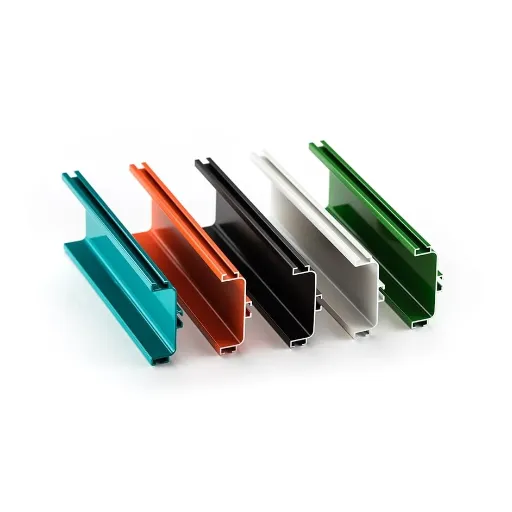
Tools and Materials Needed for the Job
Success requires having all necessary tools and materials readily available:
| Category | Item | Purpose |
|---|---|---|
| Paint Products | High-Quality Paint | Selected for specific surface type with UV protection or corrosion inhibitors |
| Primer | Ensures proper adhesion between substrate and paint | |
| Application Tools | Paint Sprayer/Brush/Roller | Airless sprayers for large projects, brushes for detail work |
| Stirring Tools | Ensures even paint consistency before application | |
| Preparation Materials | Sandpaper/Abrasives | Various grits for surface preparation and smoothing |
| Cleaning Agents | Degreasers to remove oils, dust, and contaminants | |
| Protection Items | Masking Tape & Drop Cloths | Protect areas not being painted from drips and overspray |
| Personal Protective Equipment | Gloves, safety goggles, masks, protective clothing |
Techniques for Applying Paint on Aluminum
Applying paint on aluminum requires precision and specific techniques for optimal results:
- Surface Preparation:
- Clean the aluminum thoroughly of grease, dirt, and oxidation
- Use an aluminum-specific degreaser or cleaner
- For oxidized surfaces, use gentle abrasion with fine-grit sandpaper
- Rinse with water and allow complete drying
- Priming Aluminum:
- Use etching primer for best bonding on smooth, non-porous aluminum
- Apply a thin, even coat
- Allow thorough drying per manufacturer’s recommendations
- Paint Selection:
- Choose paint formulated specifically for metal surfaces
- Acrylic or polyester paints are recommended for corrosion resistance
- Select UV-resistant paint for outdoor applications
- Application Technique:
- Maintain 8-12 inches distance when spray painting
- Use slightly overlapping passes for even coverage
- Work methodically in sections
- Avoid random strokes that cause streaks
- Curing and Sealing:
- Allow recommended drying time under appropriate conditions
- Maintain humidity less than 50% and temperature 50°F-85°F
- Consider a clear sealant for additional protection in high-traffic areas
Avoiding Common Mistakes During Application
Five Critical Mistakes to Avoid:
- Inadequate Surface Preparation: Can decrease adhesion by up to 40%
- Incorrect Primer Application: Wrong primer causes adhesion failure
- Poor Environmental Conditions: High humidity (>85%) or extreme temperatures increase failure rate by 30%
- Applying Thick Layers: Causes sagging, cracking, and a poor finish
- Neglecting Edge Sealing: Allows moisture penetration and corrosion
Achieving a Lasting Finish on Aluminum
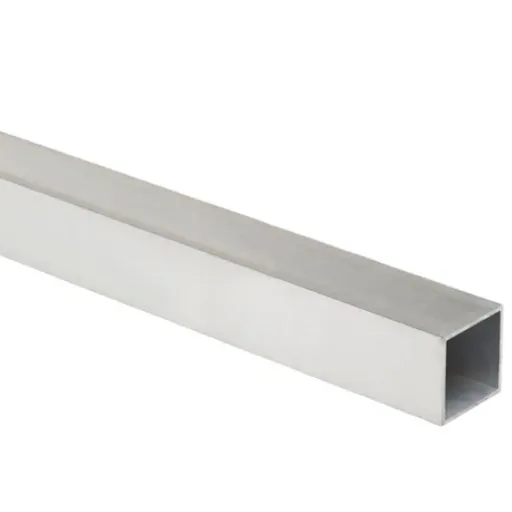
Maintenance Tips for Aluminum Surfaces
Proper maintenance ensures painted aluminum surfaces remain in excellent condition:
- Regular Cleaning:
- Use a mild detergent diluted with water
- Clean with a soft sponge or cloth to avoid scratching
- Rinse thoroughly to remove detergent residue
- Damage Inspection:
- Check regularly for scratches, chipping, or peeling
- Address damage immediately with touch-up paint
- Clean the affected area before applying the sealant or paint
- Environmental Protection:
- Avoid exposure to harsh chemicals or corrosive substances
- Provide protective covers or shades when possible
- Shield from extreme weather conditions
How to Touch Up and Repair Paint Jobs
Effective touch-ups require finesse, proper tools, and a methodical approach:
Touch-Up Process:
- Assess damage: Determine the extent of peeling, chipping, or fading
- Clean thoroughly: Use a mild degreaser to remove contamination
- Sand lightly: Use 320-400 grit sandpaper for smooth transitions
- Prime the area: Apply a thin coat of compatible primer
- Apply paint: Use multiple light coats rather than a single thick coat
- Blend edges: Ensure seamless transition with the surrounding surface
- Protect finish: Apply topcoat for enhanced durability
Frequently Asked Questions (FAQ)
References
- Protective surface coatings for aluminum – University of Arizona: A Document discussing coatings for aluminum surfaces, including their properties and application
- Aluminum paints – USDA Forest Products Laboratory: Comprehensive report on aluminum paints, their constitution, and their efficacy
- Aluminum coatings for moisture proofing wood – USDA Forest Products Laboratory: Source discussing aluminum coatings and their application, including moisture-proofing


